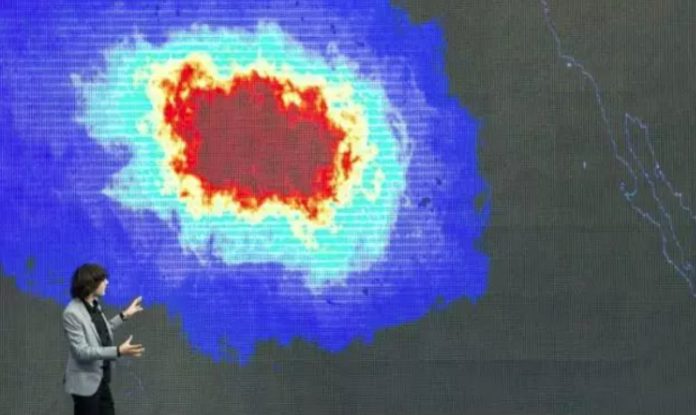The North Pacific Subtropical Gyre is home to the ‘Great Pacific Garbage Patch,’ a diffuse haze of garbage. The patch is predicted to hold 79,000 metric tons of plastic debris despite covering 1.6 million square kilometers (610,000 square miles) of open ocean.
Numerous microscopic animals living on the water’s surface have adapted to the habitat that constitutes the North Pacific Ocean’s massive ‘garbage patch.’
Earlier studies reported that the North Atlantic Subtropical Gyre, which forms the Sargasso Sea and parts of which have been dubbed the North Atlantic Garbage Patch due to the massive amounts of trash that have accumulated there, contains a significant amount of neuston.
A gyre is a spiral or vortex where the water spins like the clouds in a hurricane, but much more slowly. Neuston is a term that has been coined to refer to life forms floating on the surface of the sea, and a gyre is a spiral or vortex where the water spins like the clouds in a hurricane, only much more slowly. The neuston and debris tend to coalesce into them because the spin is in the shape of a vortex, which draws material from the outer edge to the center.
In new research published in bioRxiv, scientists wanted to know if there were similar amounts of neuston in the North Pacific Subtropical Gyre, known as the North Pacific Garbage Patch (NPGP) because of the large amount of trash that floats in its center.
The team’s project was named the Vortex Swim, and it was an 80-day sailing trip on the NPGP. The researchers wanted to see what kind of organisms dwelt amid the densest areas of the trash in the patch, so they used a computational drift model to plot the course taken by the I Am Ocean sailboat. A trawling apparatus was set behind the ship to capture live creatures as it traveled. A General Oceanics mechanical flow meter was also mounted to the trawl to measure the volume of water in which the specimens were discovered.
In total, the team gathered 22 samples for comparison, 12 from inside the central gyre and 10 from outside. The litter samples were recognized and numbered after the specimens in the samples were identified. After analyzing the samples, the researchers discovered that, just like in the Atlantic, a significant amount of neutron was accumulated in the region immediately surrounding the geographic center of NPGP. In addition, they discovered that the neuston concentrations were identical to those of the garbage.
Image Credit: Getty
You were reading: More Evidence Floating Life Thrives on the Ocean Garbage Patch
